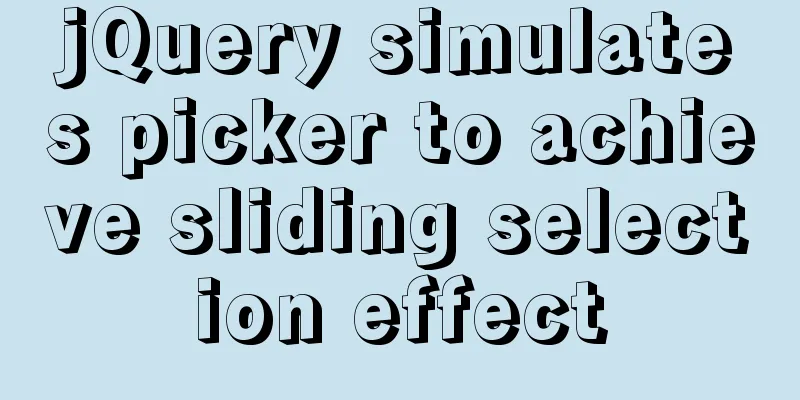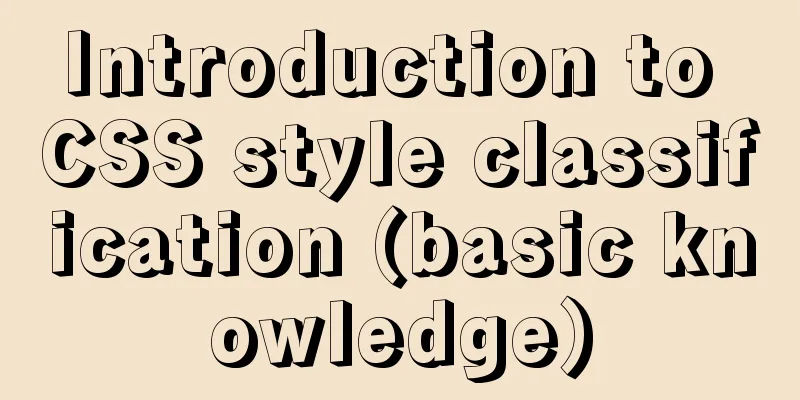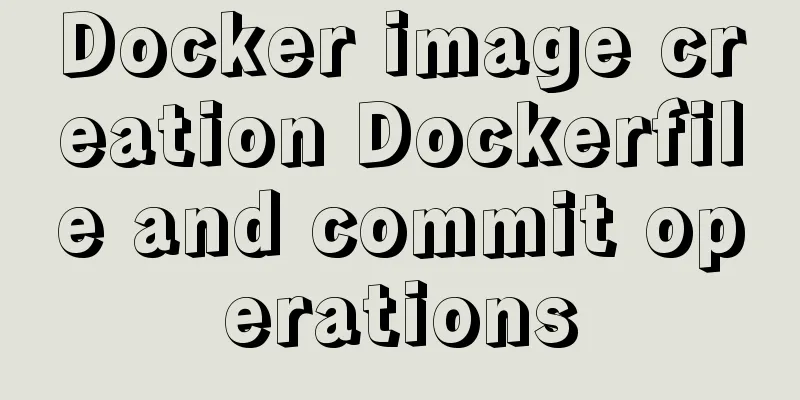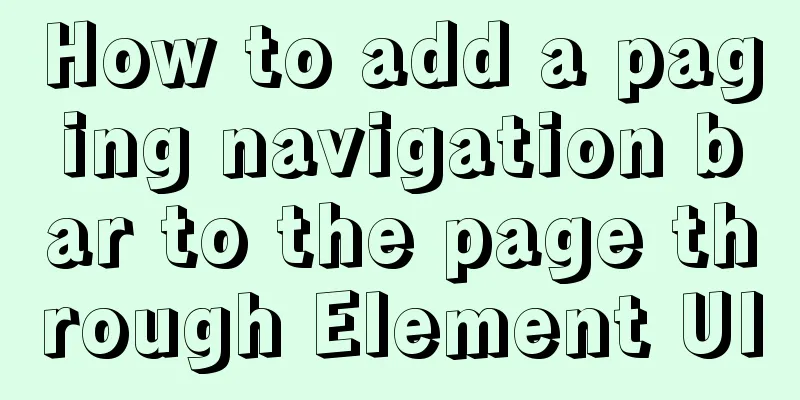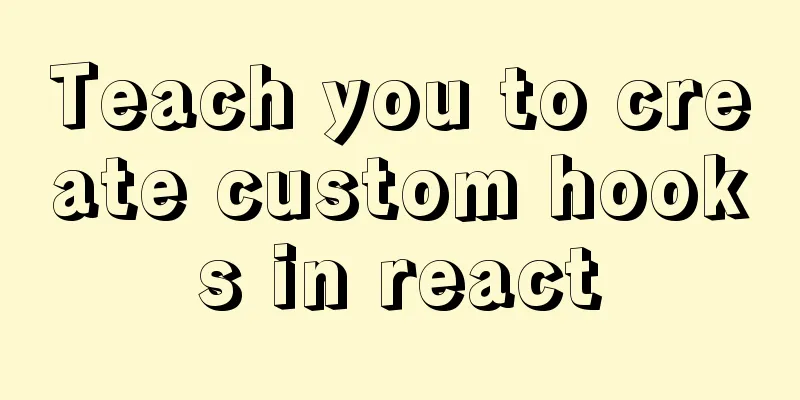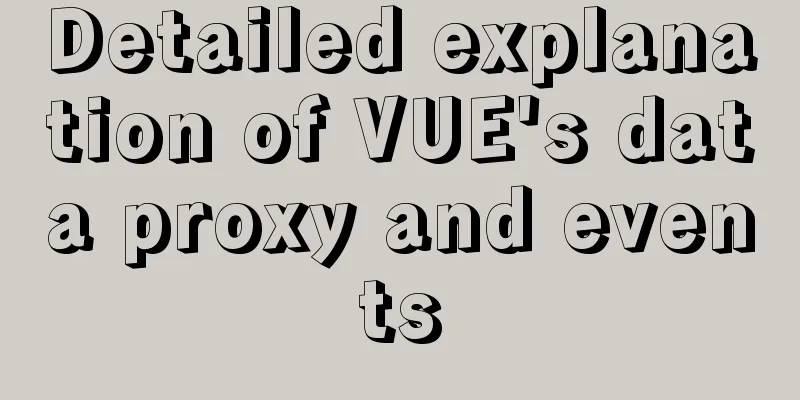Markup Language - Image Replacement
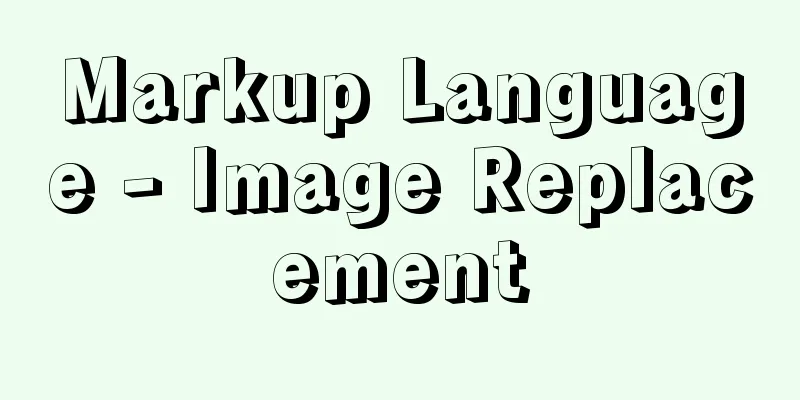
|
Click here to return to the 123WORDPRESS.COM HTML Tutorial section. To view the CSS tutorial, please click here. Above: Markup language - assigning CSS styles to text . Chapter 14 Image Replacement As more designers and developers start using standards (especially CSS), new techniques are discovered every day, and new and better ways to achieve the same goals are constantly being developed. "Image replacement" is arguably the best example of this change, a technique that uses CSS to replace ordinary text with images. How should you use CSS to replace text with images? It is best to put all presentational (trivial or decorative) images in CSS, because this allows easy replacement of updated images without changing the markup. Also, we can be sure that all browsers and devices will interpret the markup correctly, regardless of whether there is advanced CSS that fully supports replacing text with images. This advantage is emphasized throughout this book. No Perfect Solution However, finding the "perfect" way to replace text with images using only CSS is almost like finding the Holy Grail... because it doesn't exist yet. There are only methods that work in all browsers, but they don't work with assistive technologies (such as screen readers). There are other methods that work, unless the user instructs the browser not to display any images, but enables CSS. Although there is no method that can satisfy everyone (or all users) at the time of writing this article, there are indeed many websites using this method. You must be particularly careful when applying any image replacement method, and you must also understand the side effects it will bring. It can be used, but be careful. This is the purpose of this chapter. When the convenience brought by image replacement is revealed, its shortcomings will also be exposed. As time goes by, perhaps more CSS enthusiasts will find better ways to achieve the same effect; until then, we must make good use of the techniques and weigh the pros and cons. To familiarize you with the concept of image replacement, let's look at some common methods. Let's start with the Fahrner Image Replacement (FIR) technique. Previous Page 1 2 3 4 5 6 7 Next Page Read Full Article |
<<: Detailed explanation of MySQL data grouping
>>: JS realizes special effects of web page navigation bar
Recommend
Detailed explanation of the deployment process of Docker Alibaba Cloud RocketMQ 4.5.1
Search Mirror docker search rocketmq View image v...
Analysis of 2 implementation methods of configuring jnid data source in Tomcatc3p0
Using c3p0 Import the c3p0jar package <!-- htt...
How to install and use Cockpit on CentOS 8/RHEL 8
Cockpit is a web-based server management tool ava...
How to build Git service based on http protocol on VMware+centOS 8
Table of contents 1. Cause 2. Equipment Informati...
Solution to large line spacing (5 pixels more in IE)
Copy code The code is as follows: li {width:300px...
Detailed explanation of the differences between var, let and const in JavaScript es6
First, a common question is, what is the relation...
Teach you how to deploy zabbix service on saltstack
Table of contents Saltstack deploys zabbix servic...
Several methods to clear floating (recommended)
1. Add an empty element of the same type, and the...
Teach you about react routing in five minutes
Table of contents What is Routing Basic use of pu...
Nginx domain forwarding usage scenario code example
Scenario 1: Due to server restrictions, only one ...
Summary of MySQL InnoDB locks
Table of contents 1. Shared and Exclusive Locks 2...
How to shrink the log file in MYSQL SERVER
The transaction log records the operations on the...
Vue Virtual DOM Quick Start
Table of contents Virtual DOM What is virtual dom...
MyBatis dynamic SQL comprehensive explanation
Table of contents Preface Dynamic SQL 1. Take a l...
How to install grafana and add influxdb monitoring under Linux
Install grafana. The official website provides an...

